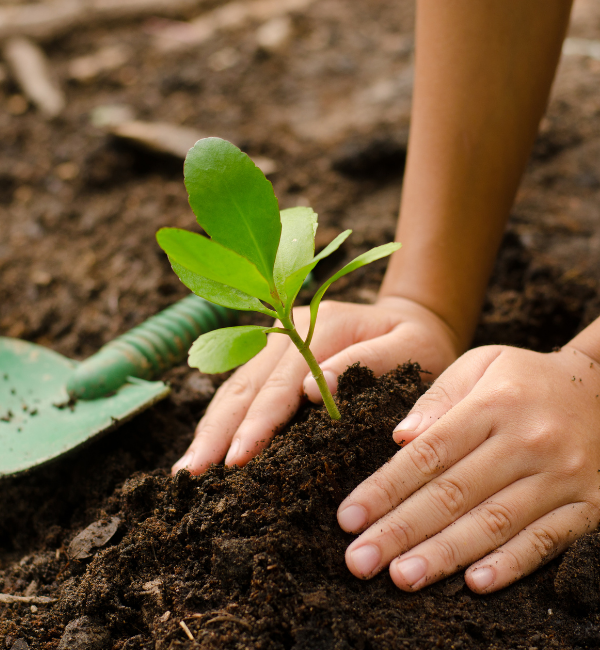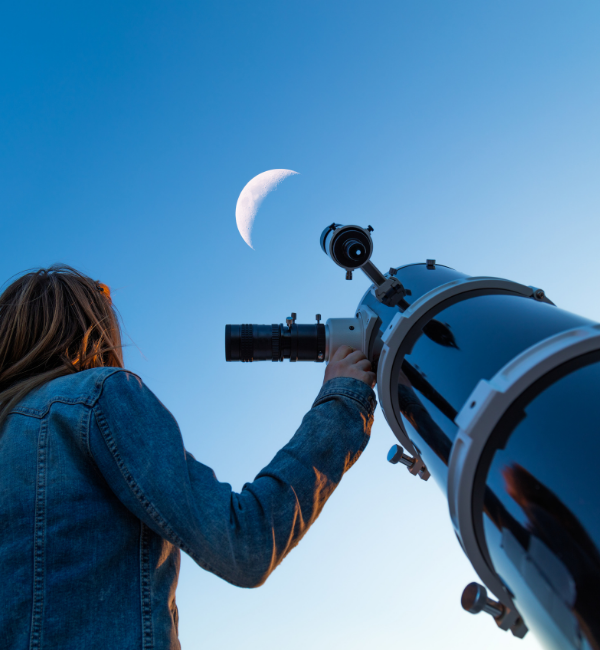
Dirt Detectives
Soil is an essential source of life and nutrients for many living things!

Human Change, Not Climate Change!
Climate change is taking place all around us, but how do we see and measure it?

Sustainable Seas, Please
Ocean ecosystems are dynamic and important for human livelihoods, thus need to be carefully managed.

Food Fight
In this food web activity designed for grades 4-6, participants utilize images of different animals to determine their relationships within an ecosystem, identify predator-prey connections and construct a comprehensive food web.

STEM Storytime - Solar Eclipse Phases Fold-Up
Get excited for the total solar eclipse!

Learn about the total solar eclipse
Get excited to view the total solar eclipse!

Meteorite Identification
Is it a meteorite? Learn about types of meteorites and how you can identify them!

Can you design icons for different screens?
Acting as a “graphic designer” for a new, 2D video game, learners create icons or characters through pixel art. By designing the same icon or character in two different sizes, learners ensure the “game” can be played on phones (simplified images for smaller screens) and/or desktop computers (larger images for bigger screens).

Rethinking Energy: A Climate Resilience Workshop
In this workshop, youth will consider the effects of climate change on oil infrastructure on a fictional island and reflect on the long-term changes to the island’s oil policies that are needed for sustainability by adopting multiple stakeholder perspectives.

3D Printed Animal Tracks
Participants learn how to identify animals that may live in their environment using “signs”. Then, they will learn how photogrammetry can be used to scan and make digital models out of animal tracks found in nature so that they can be 3D printed.

Password Protection!
Learners enhance their understanding of encryption and decryption to protect personal information and develop critical thinking skills by using different encryption tools to create and send coded messages.

Design and Build a Seed Saver
Learners develop computational thinking skills and global competencies as they collaboratively work together to design and build a structure that will protect the last Truffula seed (from the story ‘The Lorax’).

Binary Basics
Welcome to the science behind computer communication! Learners will explore the basics of binary, learn how to count in binary and how binary is used to encode different kinds of information in computers, through a variety of activities.